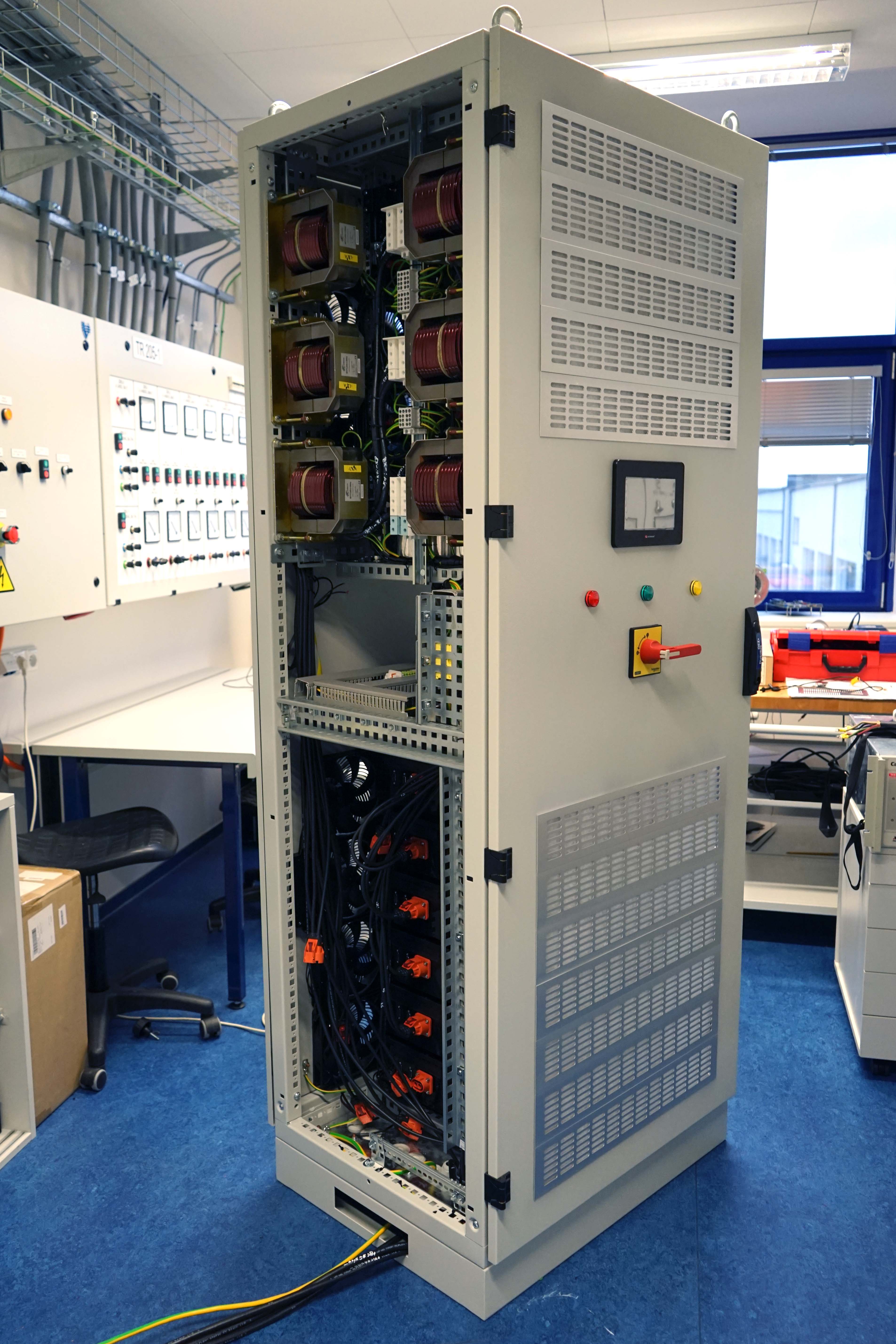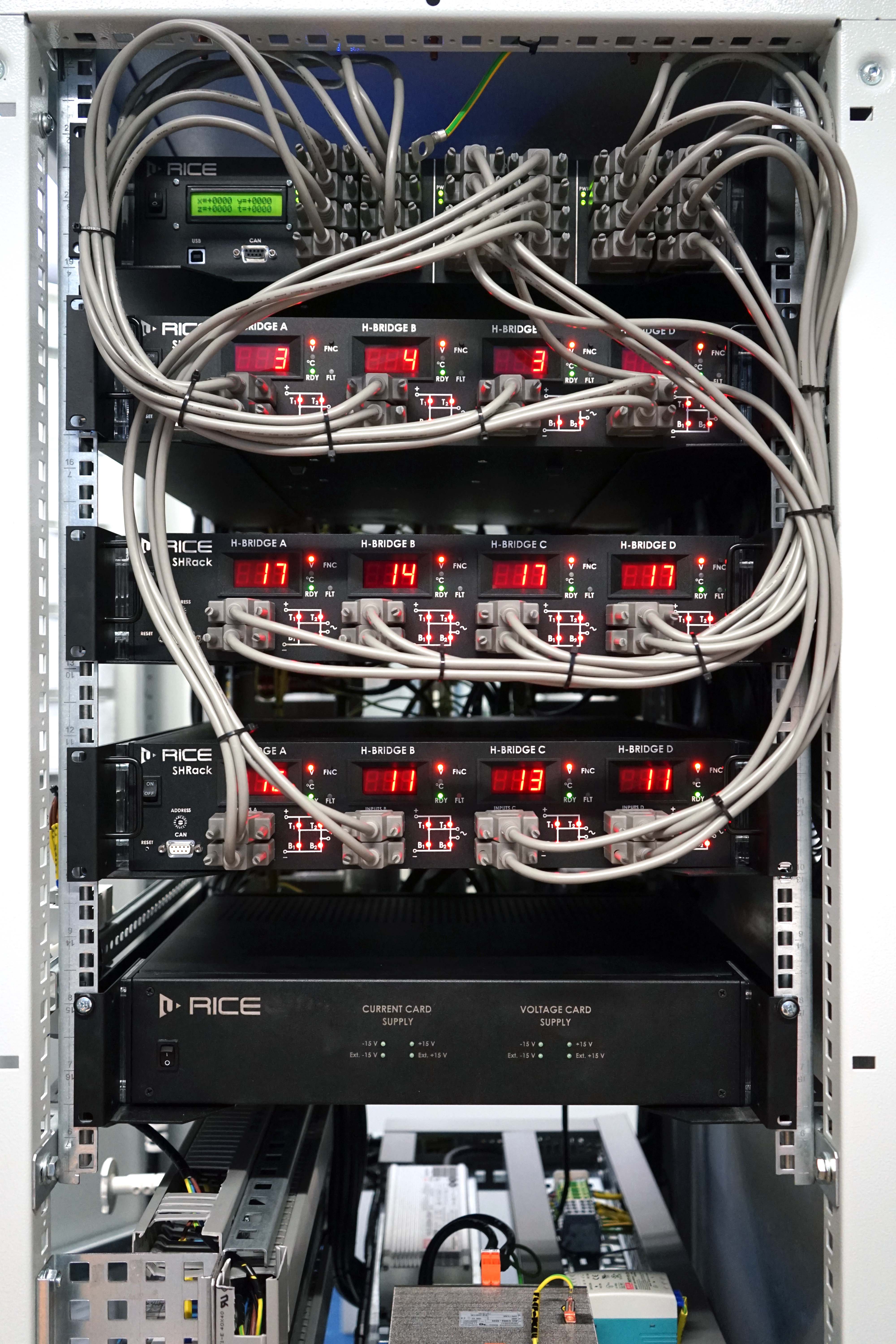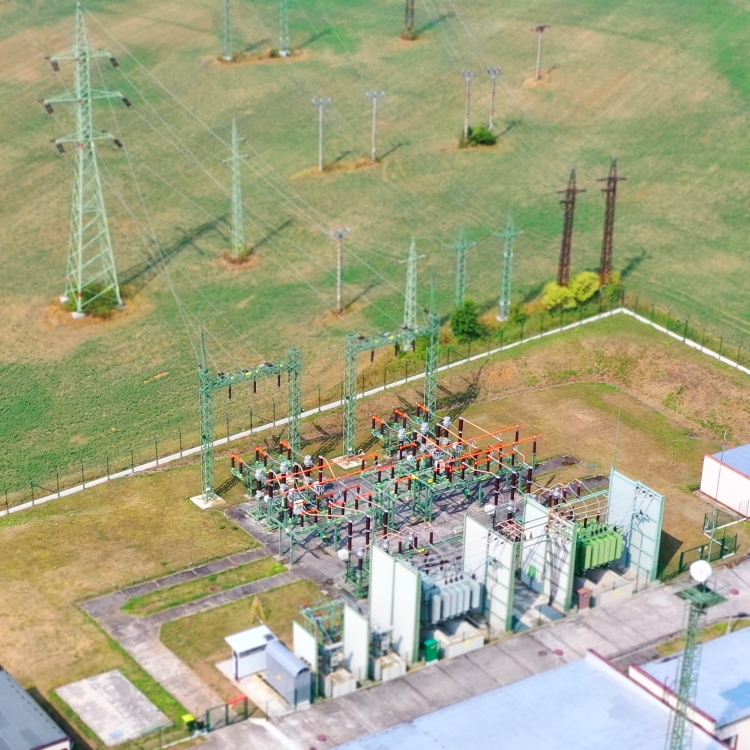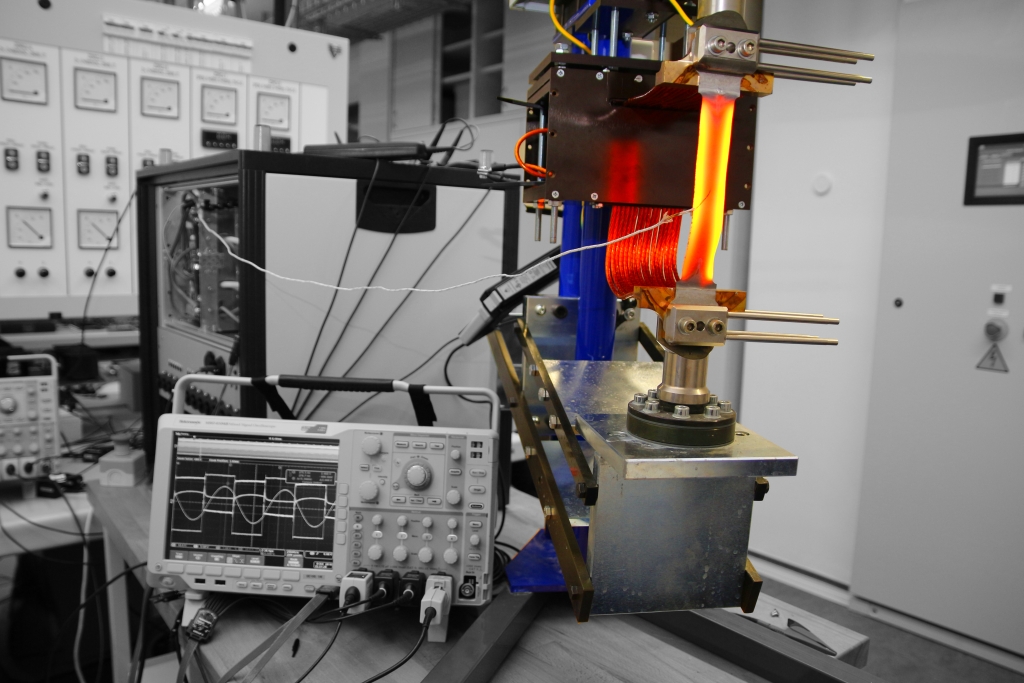
Key projects
Device for compensation of ground faults in HV distribution networks
Ground faults are most often caused by vegetation or birds coming into contact with high-voltage power line conductors. It is a dangerous condition that can cause:
- overvoltage,
- dangerous contact and step voltages,
- the risk of fire,
- the risk of interruption of the electricity supply.
The ground connection is traditionally compensated by an extinguishing reactor. However, this leaves a residual current.
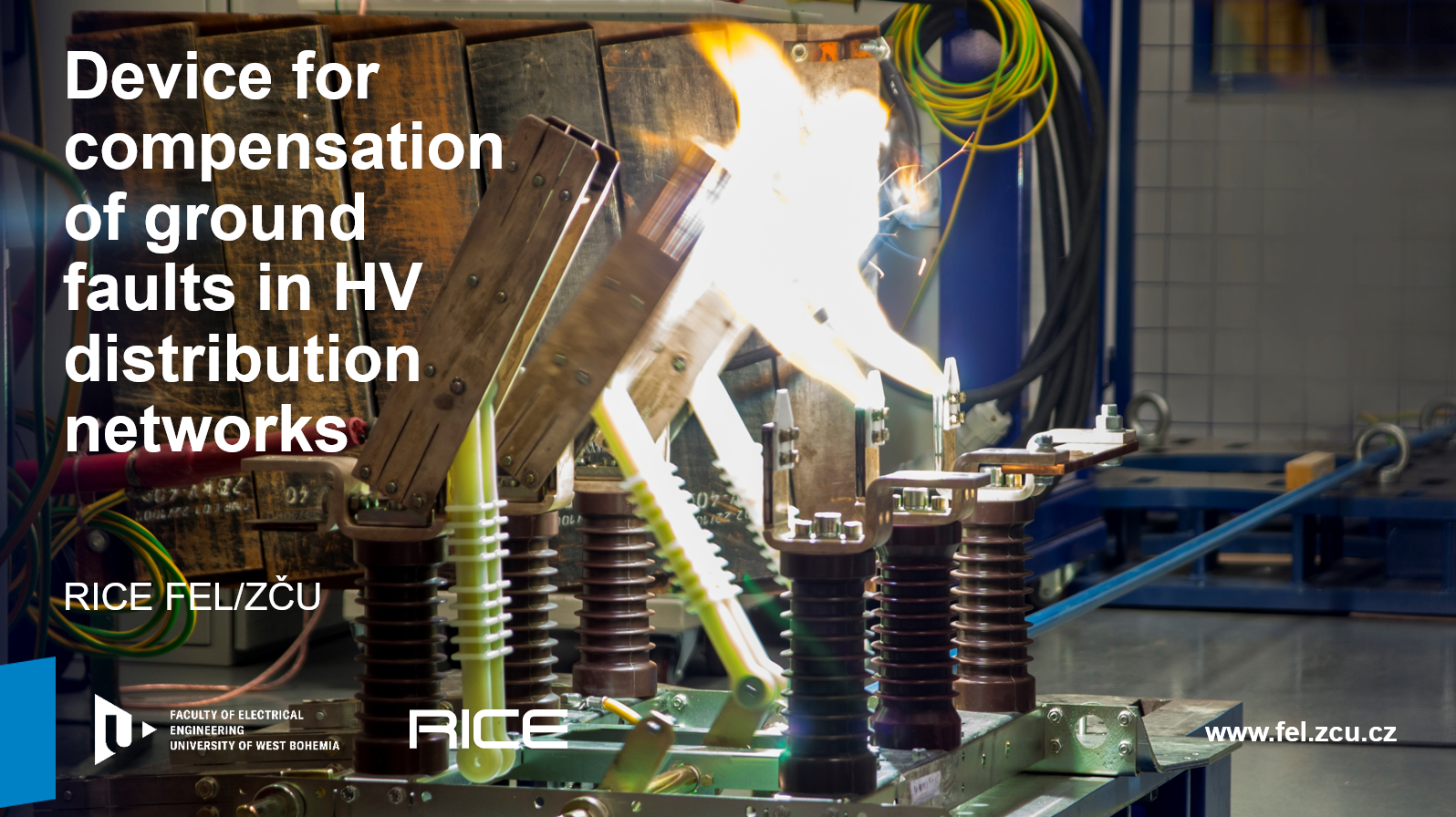
Multiphase drives
The development of electric drives has seen a recent surge, particularly with the development of all-electric (battery) and hybrid vehicles, while placing great emphasis on increasing efficiency, reliability, and minimizing size.
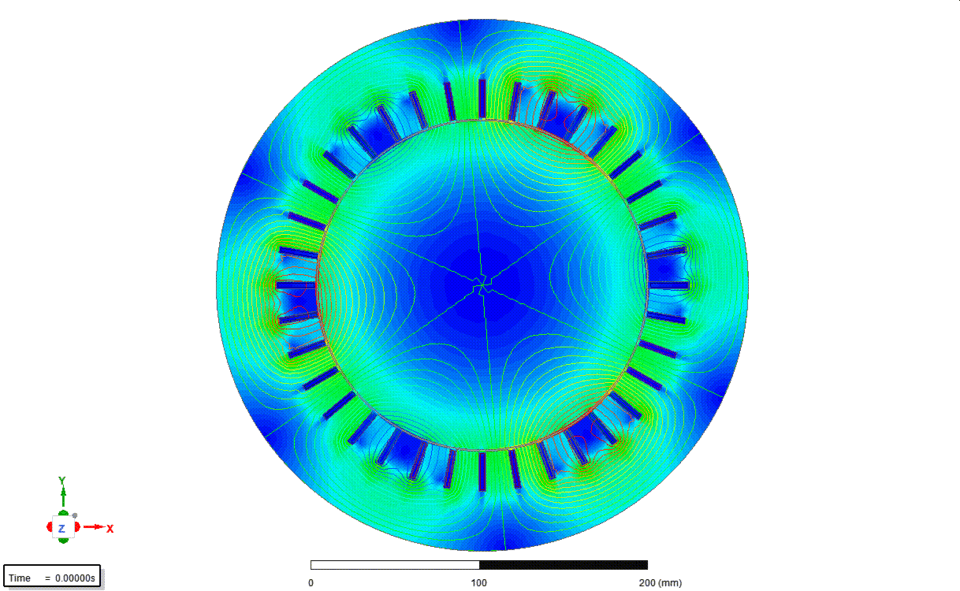
Traditional technologies with three-phase motors are already hitting their technical limits in these respects and can no longer keep up with this trend. Attention is therefore increasingly turning towards new technologies with multiphase electric motors, which have a number of techno-economic advantages. A multiphase electric vehicle motor is smaller, more powerful, produces less noise, and is reliable - despite the failure of a phase (or several phases), the engine is able to reach its destination. Therefore, it is expected that the vast majority of electric vehicles (cars, buses, ...) will be equipped with multiphase systems in the future.
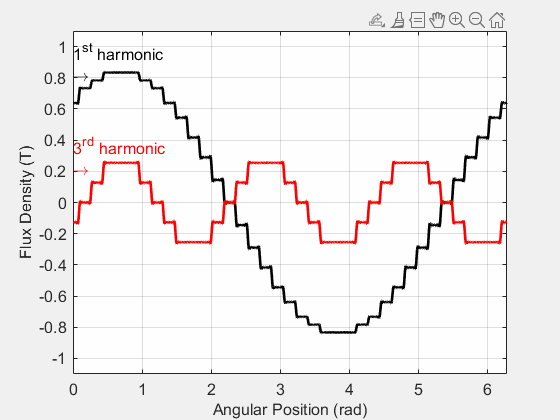
The RICE research team has been working on the issue of multiphase electric motors for several years, contributing to the development of electromobility and public transport. In particular, it is currently focusing on techniques for injecting harmonic currents into the stator with the aim of increasing power output by up to 20 % at existing dimensions.
Traffic modelling
We are dealing with traffic modeling and detailed simulations of electric cars. Industrial partners such as Škoda Group, Eaton, and ZF use our models and simulations. We are developing models of all-electric and hybrid vehicles in the open-source traffic simulator Eclipse SUMO, so that anyone can simulate and analyze the movement and energy requirements of electric vehicles, as well as the status and utilization of the necessary power infrastructure (overhead lines, traction substations). Factors influencing the behavior of the vehicles on the route and their energy requirements can be examined in detail, such as the influence of ambient traffic and unpredictable events (traffic jams, accidents, detours, and power outages). The simulator is used in cooperation with urban transport companies to verify the dimensioning of public transport vehicles (PTVs) and traction infrastructure to achieve the maximum share of electric PTVs at minimum investment and operating costs.
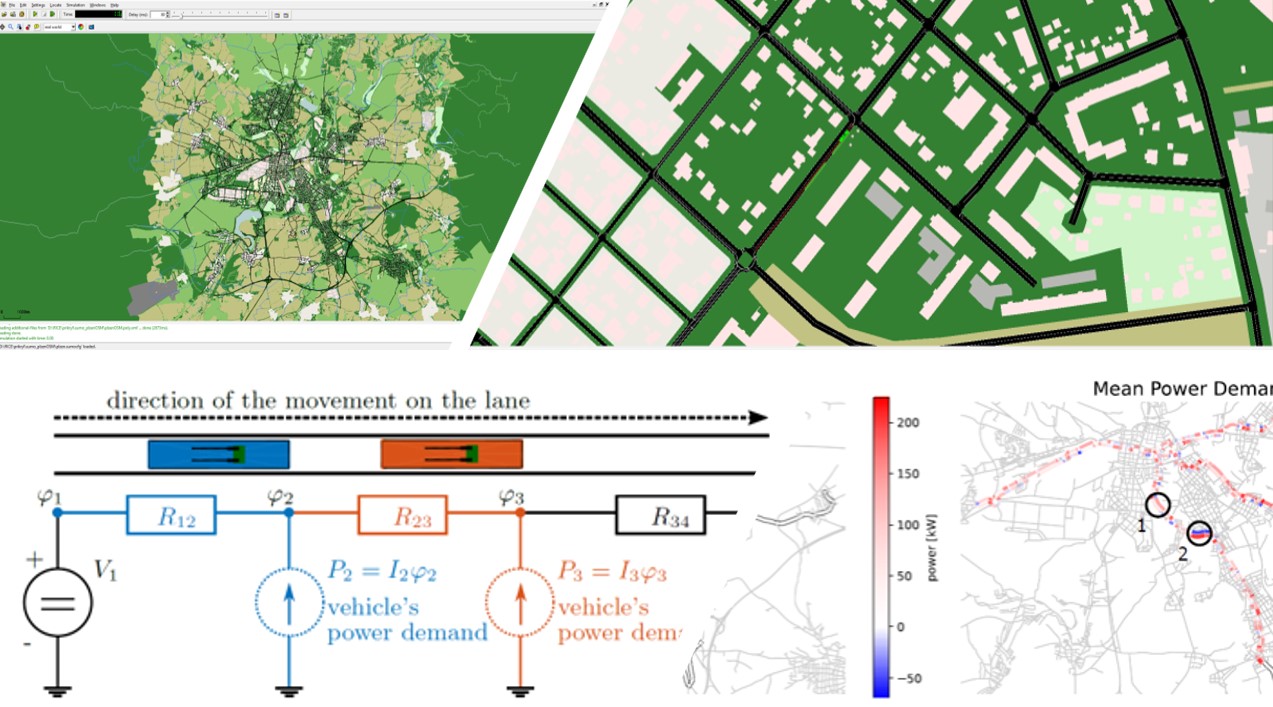
We have know-how in the following areas:
- Simulation of electric vehicles, including rail vehicles, on a defined track using Matlab/Simulink tools or other software for simulation of multiphysics systems.
- Simulation of energy consumption of electric vehicles based on stochastic modeling
- Simulation of all-electric and hybrid vehicles in the SUMO microscopic traffic simulator, including the inclusion of simultaneous simulation of the power infrastructure and surrounding traffic
- Modelling of electric vehicle powertrains
- Power-management of electric vehicles
Solar street lighting system
This is a proposal for a comprehensive solar public lighting solution with a biodynamic lighting function.
The developed public lighting concept allows a controlled transition between warm and cold light. The proposed lighting allows the suppression of the unwanted blue light component during the night. The blue component of light affects the production of the hormone melatonin in the body, which influences the circadian rhythm (the biorhythm of wakefulness and sleep).
In this project, we are developing specific MPPT units used to extract maximum power from a solar panel. The proposed unit also includes the development of LED drivers for the possibility of changing the color of the light. We are also working on a unit to ensure proper charging and protection of the batteries, called BMS (Battery Management System). The battery of the solar system uses modern LTO cells (Lithium Titanate Oxide).
The current state of the art is mainly used to collect long-term operational data and verify the topology, with the expectation that we will expand the system to include other renewable energy options in the future.
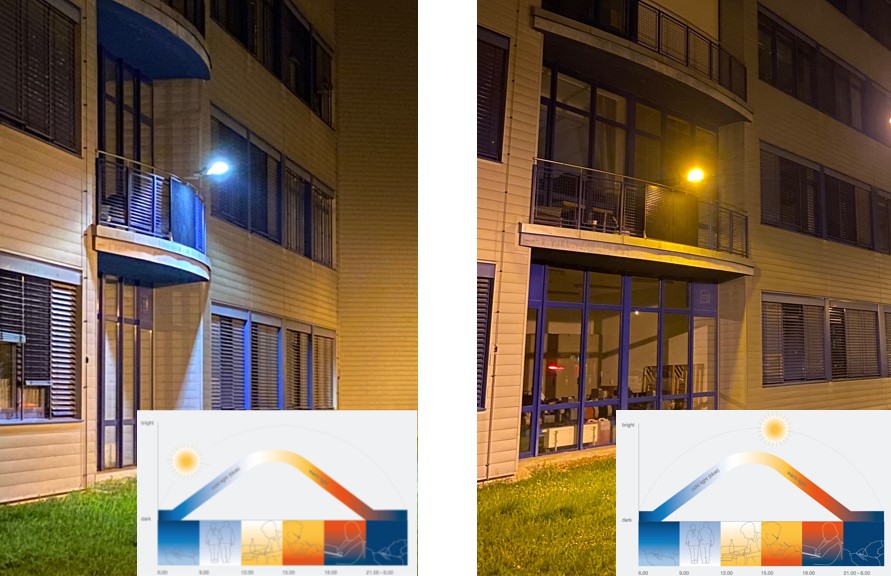
Fig.: Demonstration of the biodynamic lighting function on a prototype of the proposed solar street lighting system located on the FEL campus.
Electronic Energy storage system (EESS)
The electronic energy storage system (EESS) integrates energy storage consisting of 12 battery packs and a power section based on 3 SHRack power converters in a rack-mounted rack. The EESS is designed for direct connection to the power grid at a voltage level of 3 x 400 V and a rated current of 86 A. The functional sample is designed for a maximum continuous power of 60 kVA.
